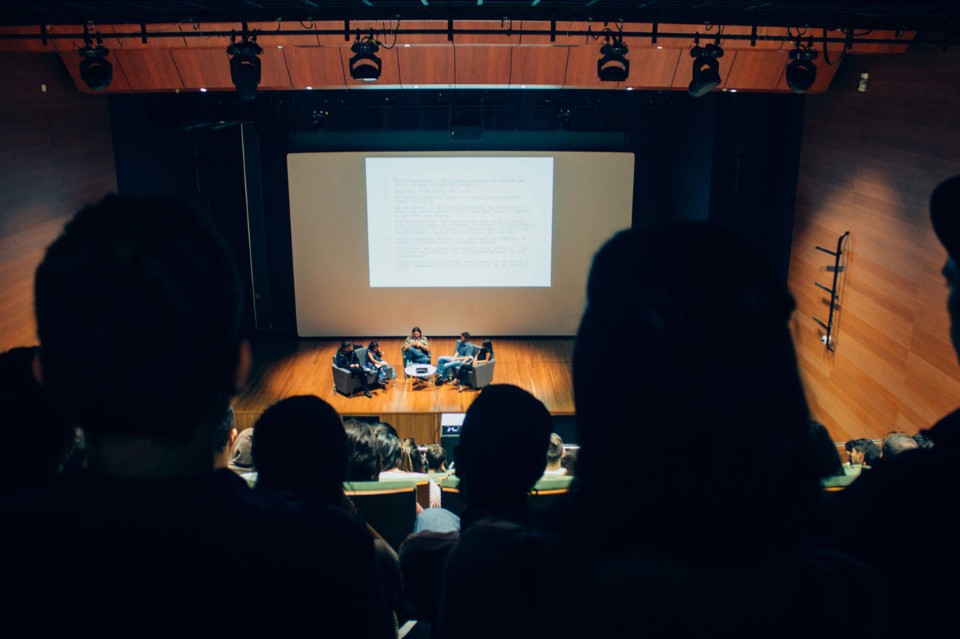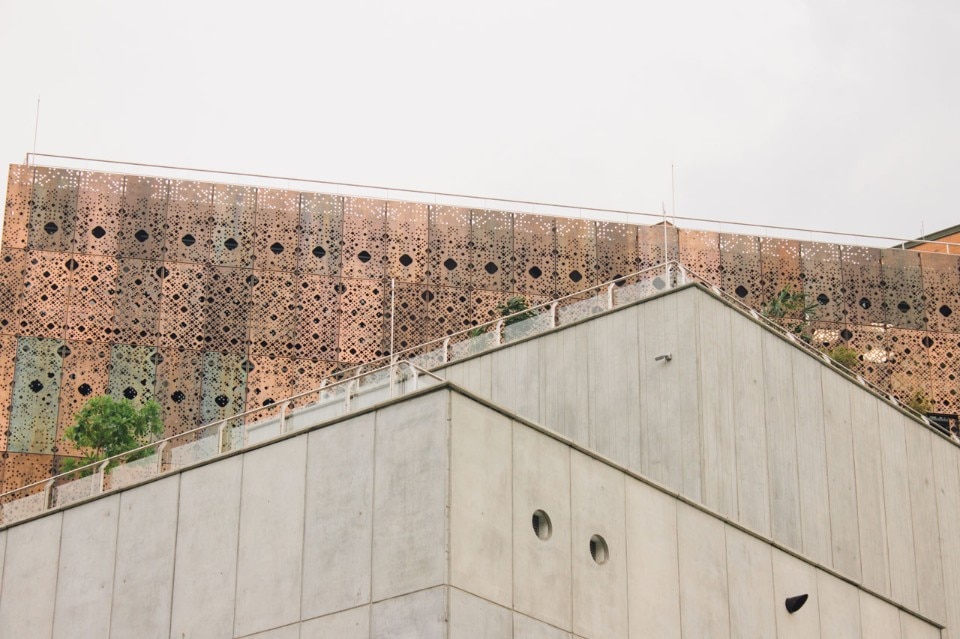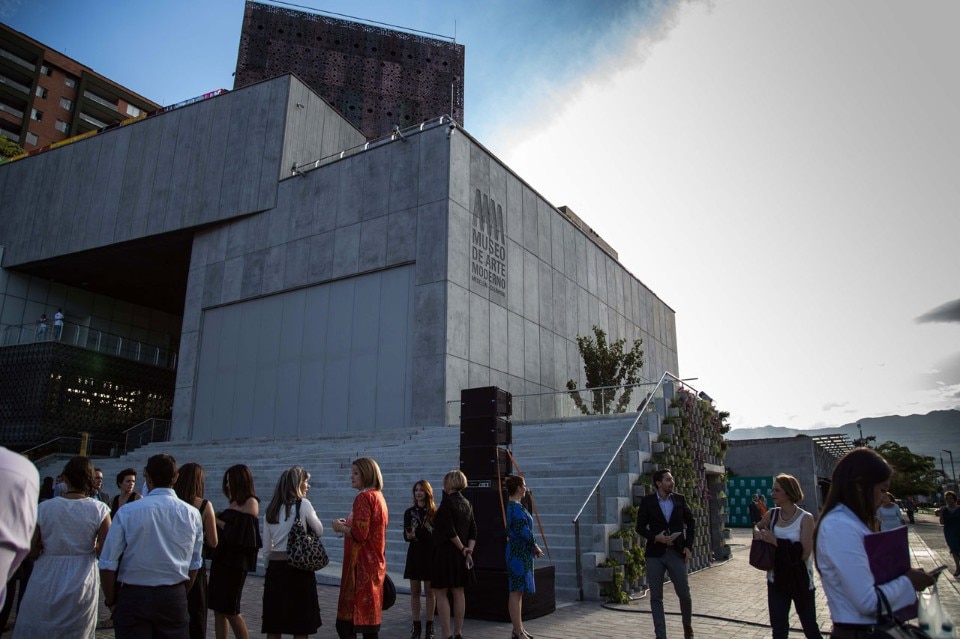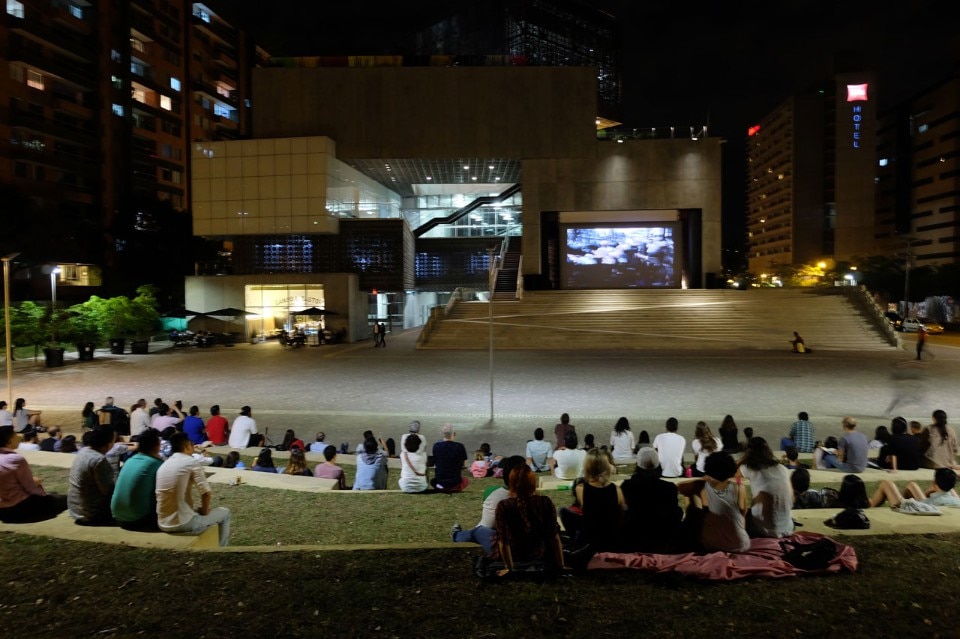
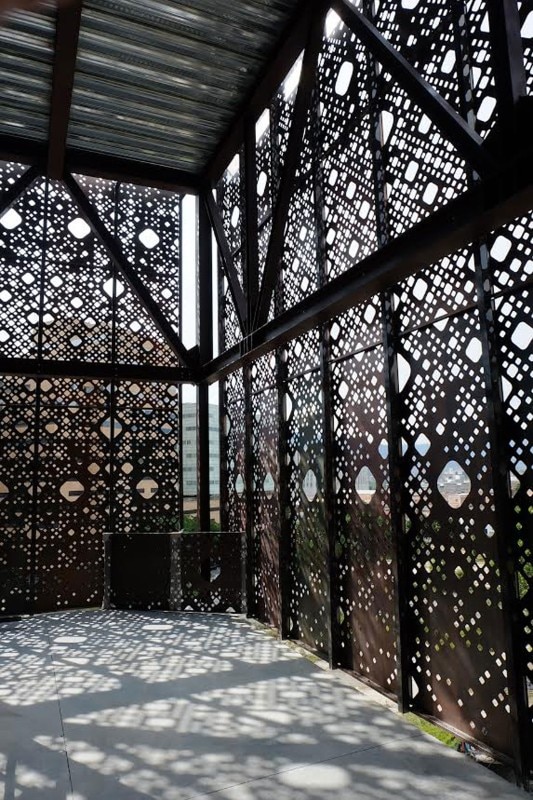
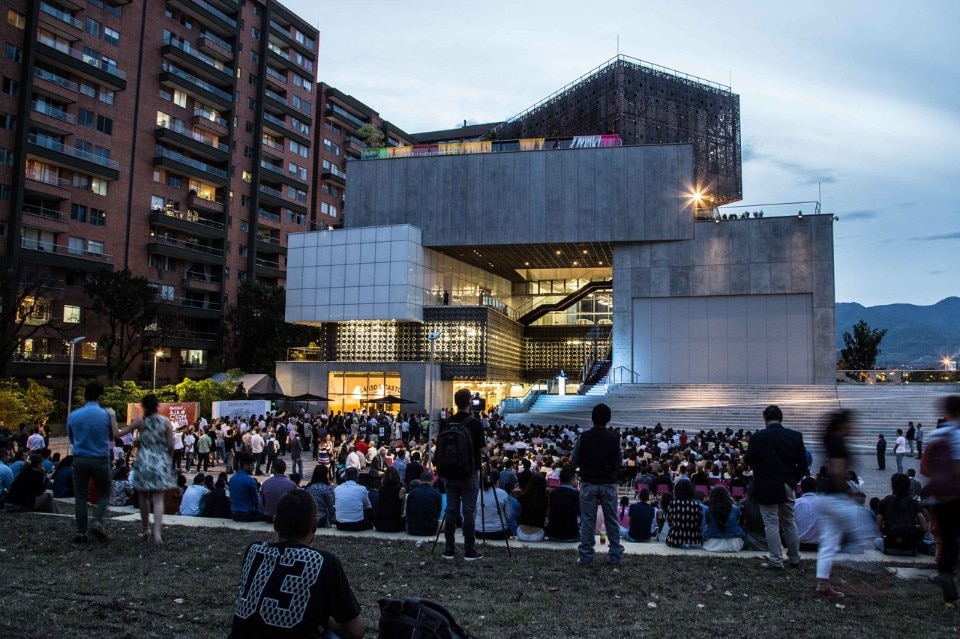
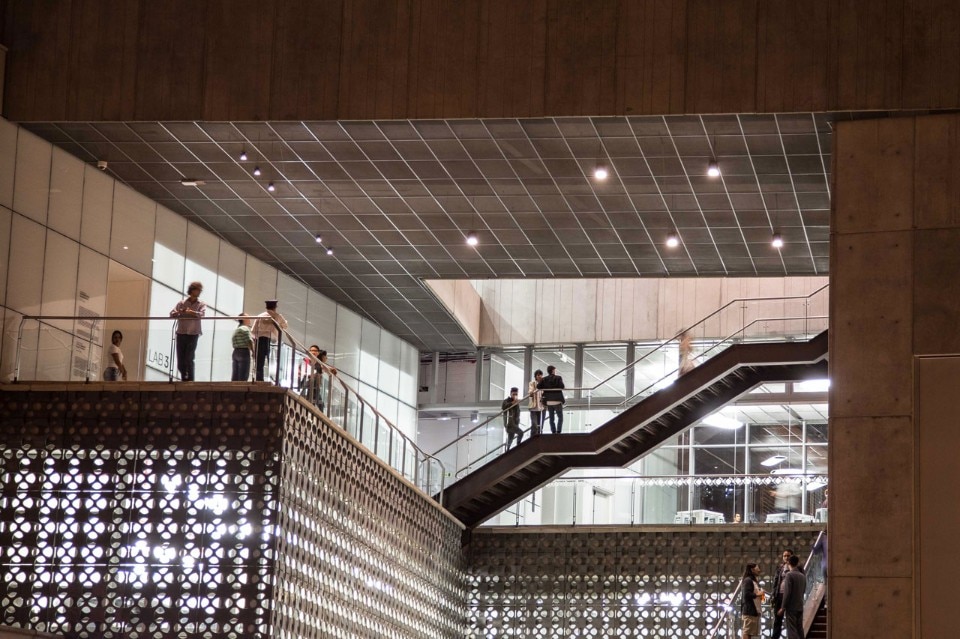
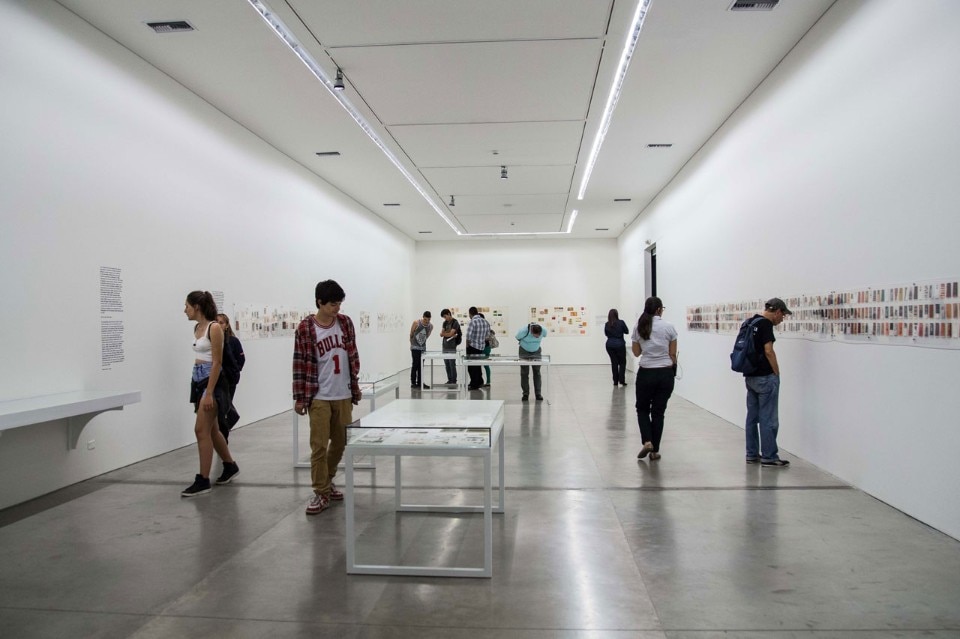
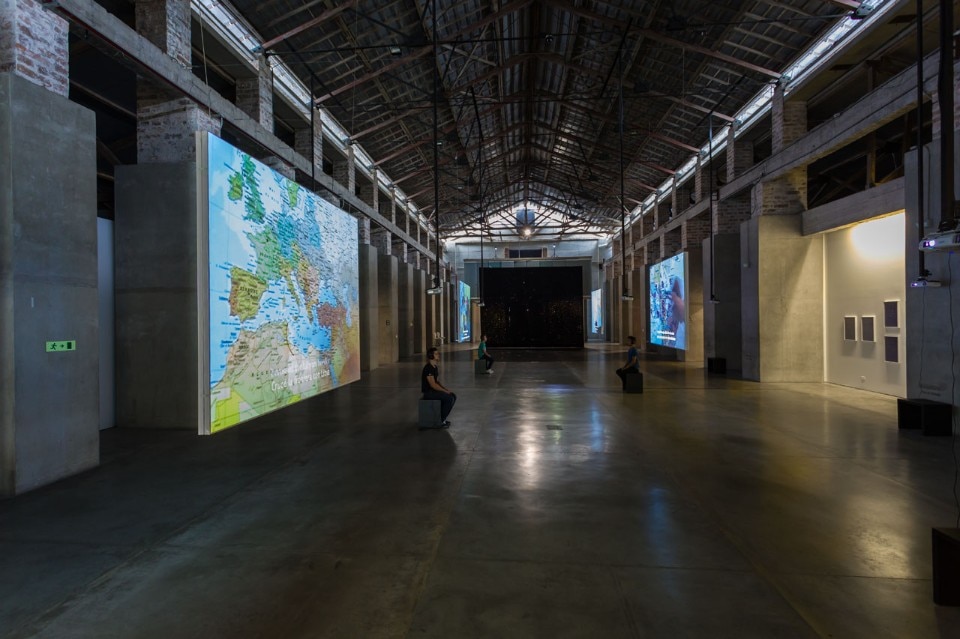
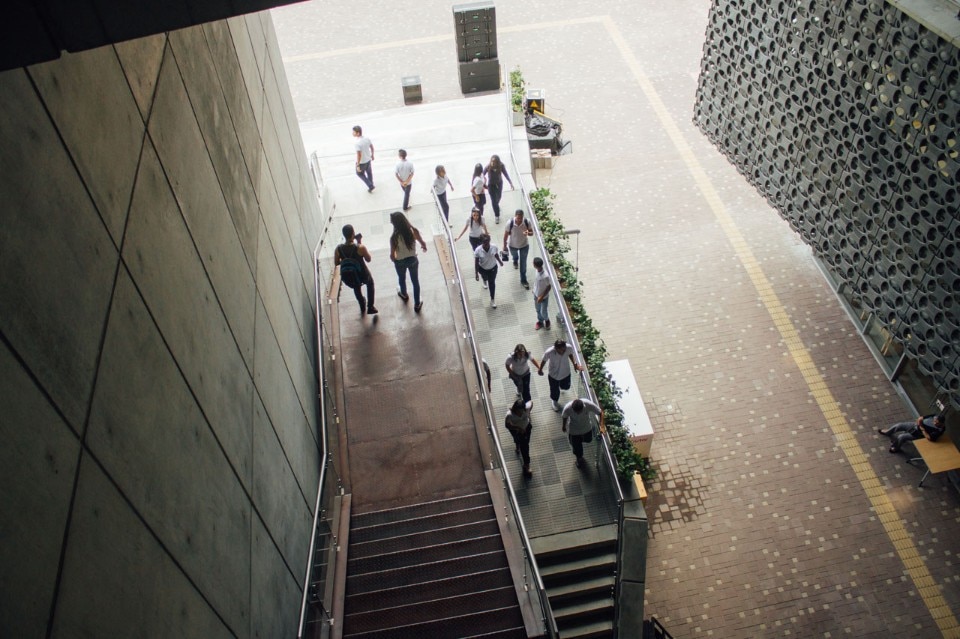
Structural and logistical projects are joined by others aimed at restoring identity and liveability to extreme areas, as in the case of the graffiti running along the route opened up by the escalator. After all, narrating the city via murals is a Medellín tradition. Leading exponents include Pedro Nel Gómez who, from the 1940s to the1960s, portrayed the reality of a city undergoing industrialisation in picture-form.
Pedro Nel Gómez murals are to be seen in the lovely Modernist premises of one of Medellín’s oldest and most prominent institutions, the Museo de Antioquia: “a modern art museum, with a contemporary bent”, says its chief curator, Nydia Gutierrez. About a decade ago, the Museo de Antioquia, in synergy with MAMM, launched an international event, called MDE and held every four years, that is an opportunity for international encounter and debate in the city.
MDE 15, on from November 2015 to March 2016 with the title Local Stories / Global Practices, starts from the premise that reflection on social topography and the dynamics of local power is key to interventions on the city’s fabric; that art and culture also offer a repertoire of practices for resistance and re-appropriation of the city; and that, by questioning the present rules and forms of life in the city, unconventional artistic practices and activism can effectively flank architecture and urban design in a city’s reconstruction. For this reason, subjects such as violence, the exercise of power on the body as too the city’s resilience and the dreams, desires and possibilities of its population are the focus of the MDE 15 workshops and exhibitions.
